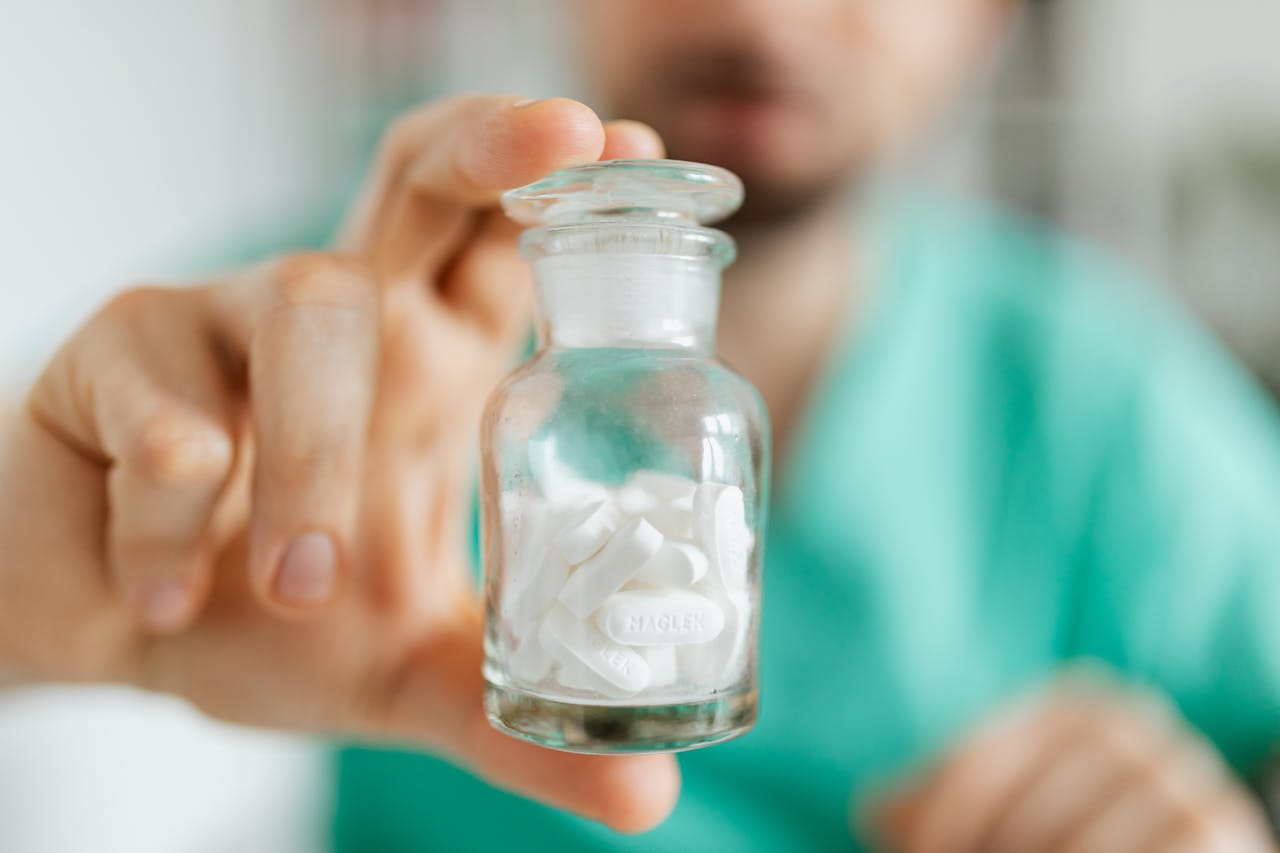For individuals seeking HRT through testosterone pellets, understanding the full spectrum of costs is paramount.
The cost of testosterone pellets isn’t just a product of the material used. There are many variables at play. This can span from dosage requirements to clinic fees and even potential insurance coverage.
This comprehensive guide will break down the factors that affect testosterone pellet cost. So, read on!
Treatment Options
There are different testosterone treatments available for individuals seeking HRT through testosterone pellets. These include:
- injections
- topical gels
- patches
- pellets
Each option has its associated costs. Injections tend to be on the lower end of the price spectrum. Pellets can be more expensive. However, it’s important to consider not just the initial cost. Make sure to also consider the frequency of administration and potential side effects.
For those seeking a more long-term and consistent treatment option, testosterone pellets may be the best choice. They are surgically implanted under the skin and slowly release testosterone over several months.
Dosage Requirements
The dosage requirement for testosterone pellets is dependent on various factors such as:
- age
- weight
- overall health
Typically, a doctor will prescribe anywhere from 150-300mg of testosterone pellets every 3-6 months. This can vary based on the individual’s needs and may change over time.
It’s important to note that higher dosages may increase cost, as more pellets may be needed and the procedure may need to be repeated more frequently. This is something to discuss with a healthcare provider before beginning treatment.
Clinic Fees
The cost of the testosterone pellets themselves is just one part of the overall expense. The clinic or doctor performing the procedure will also have their clinic fees. These can vary greatly depending on location, experience, and reputation.
It’s important to research and compare different clinics to find the best option for your budget and needs. Some clinics may also offer financing options or payment plans to help make the cost more manageable.
Insurance Coverage
While testosterone pellets are not always covered by health insurance, it’s still important to check with your provider. In some cases, they may cover a portion of the cost or at least provide some reimbursement.
It’s important to note that insurance coverage for HRT can vary greatly depending on the individual’s plan and provider. It’s best to contact your insurance company directly and ask about coverage for testosterone pellets.
Additional Costs
In addition to the factors mentioned above, there may be additional costs associated with getting testosterone pellets. These can include blood work, consultations with doctors or specialists, and follow-up appointments.
It’s important to factor in these potential costs when budgeting for testosterone pellet therapy. It’s also a good idea to ask the clinic or doctor about any additional fees before proceeding with the procedure.
Additional cost-saving tips may include seeking out clinics that offer discounts for multiple procedures or purchasing testosterone pellets in bulk.
Know the Factors That Influence Testosterone Pellet Cost
The testosterone pellet cost can vary greatly depending on various factors as discussed in this article. It’s important for individuals seeking HRT through testosterone pellets to fully understand these factors. That way, they can make an informed decision and budget accordingly.
By understanding the full spectrum of costs, individuals can make the best decision for their health and financial situation. Remember, the cost of testosterone pellets is just one aspect of the overall journey toward optimal health and well-being.
If you want to read more, visit our blog page. We have more articles!

